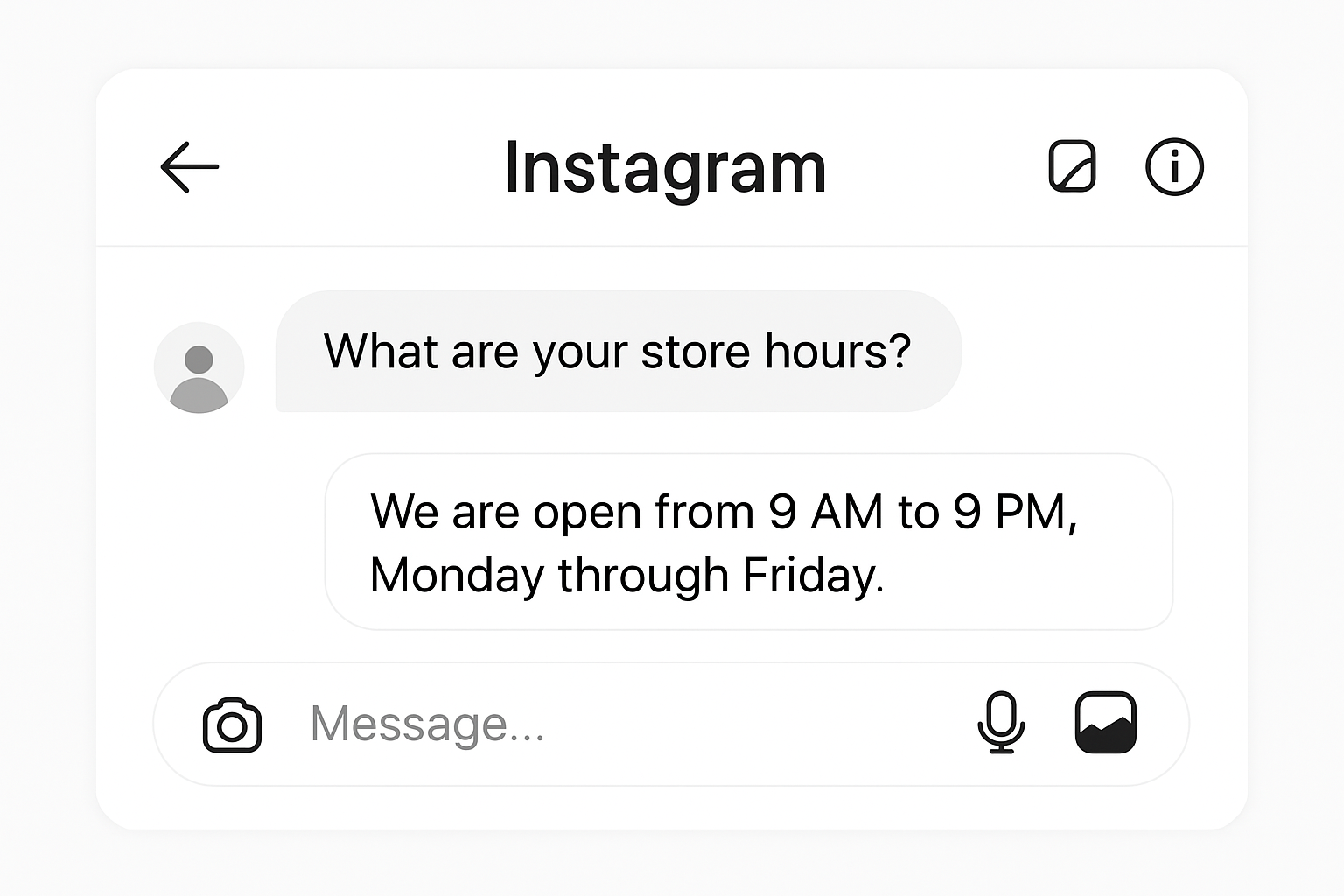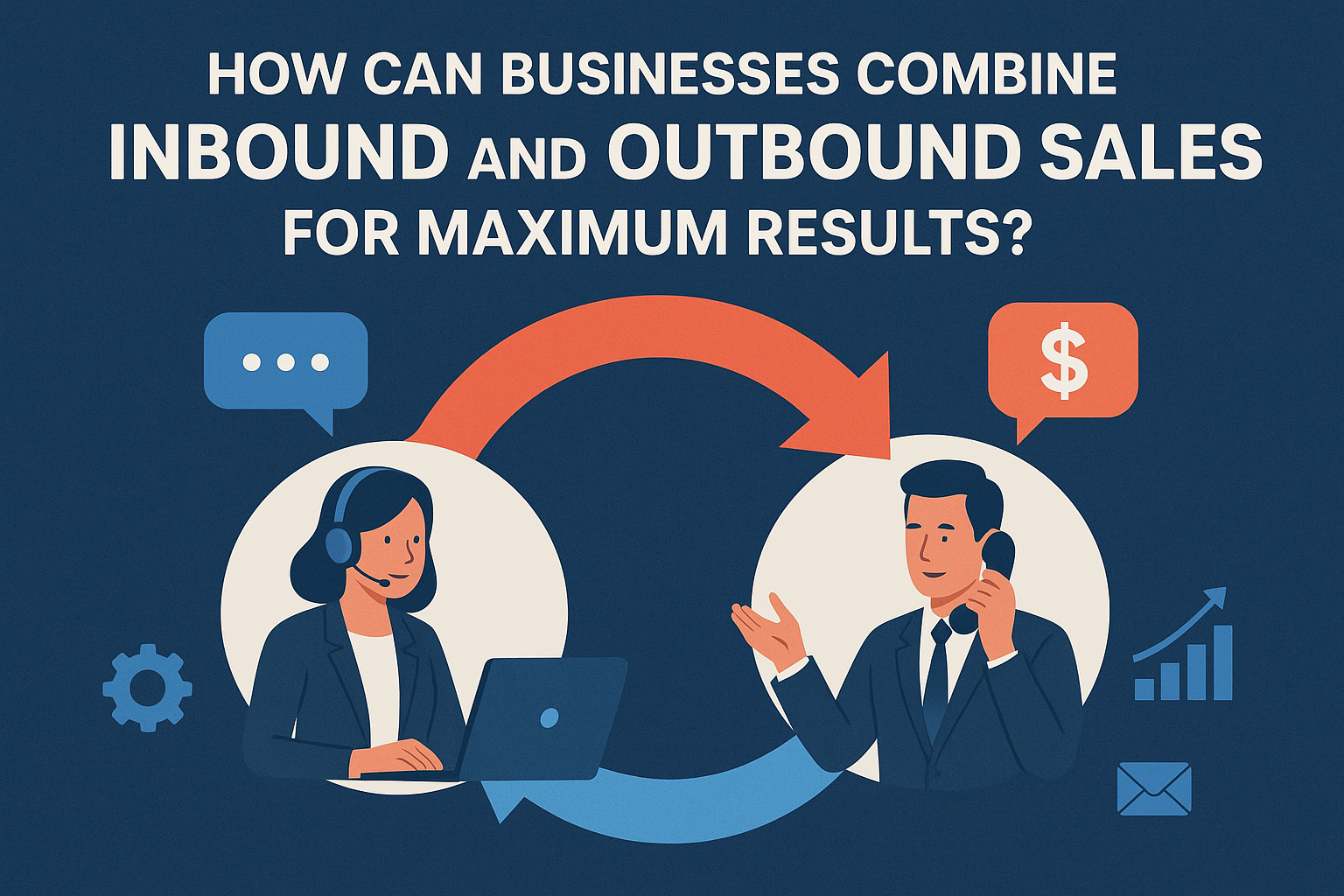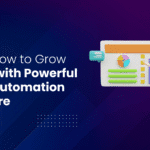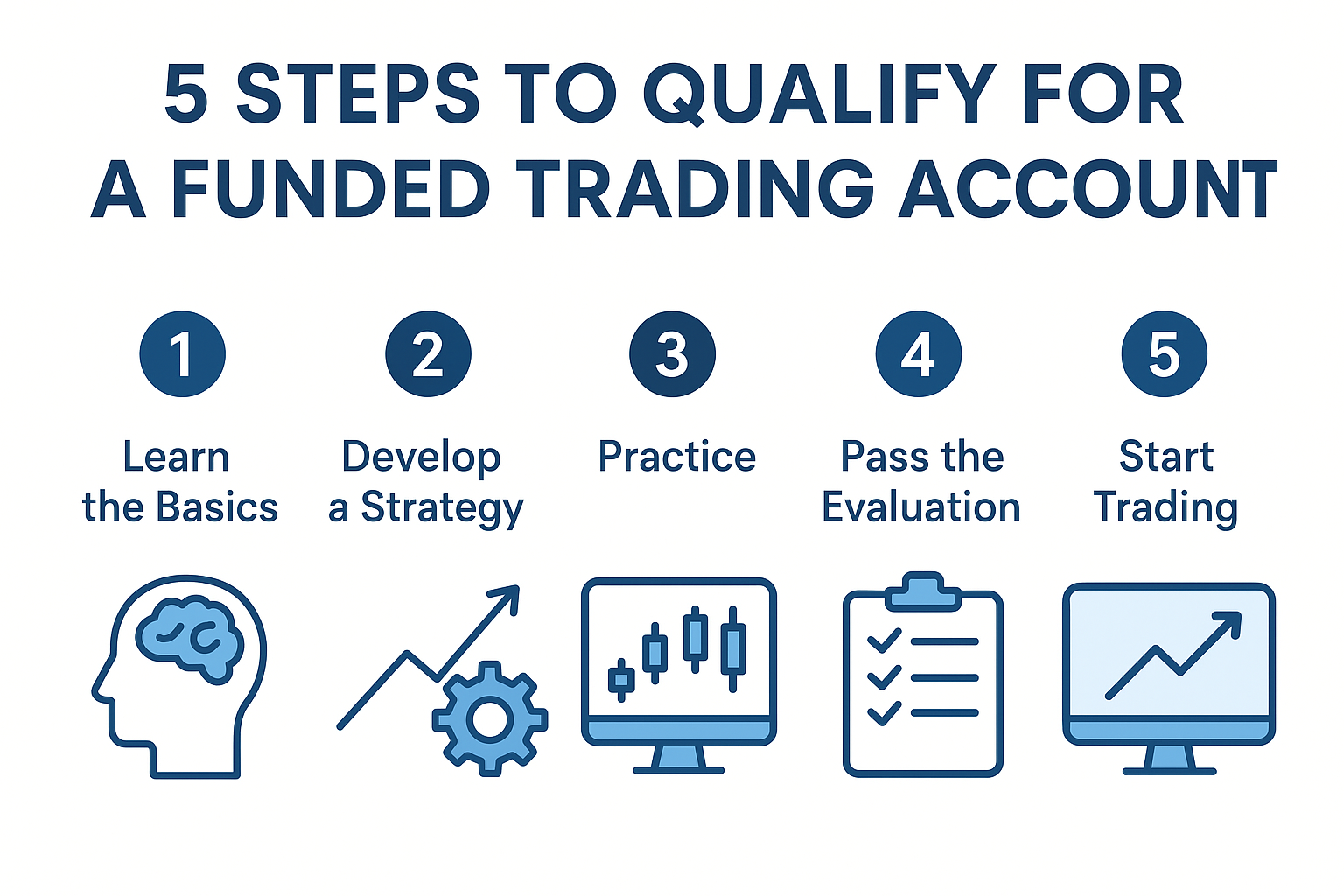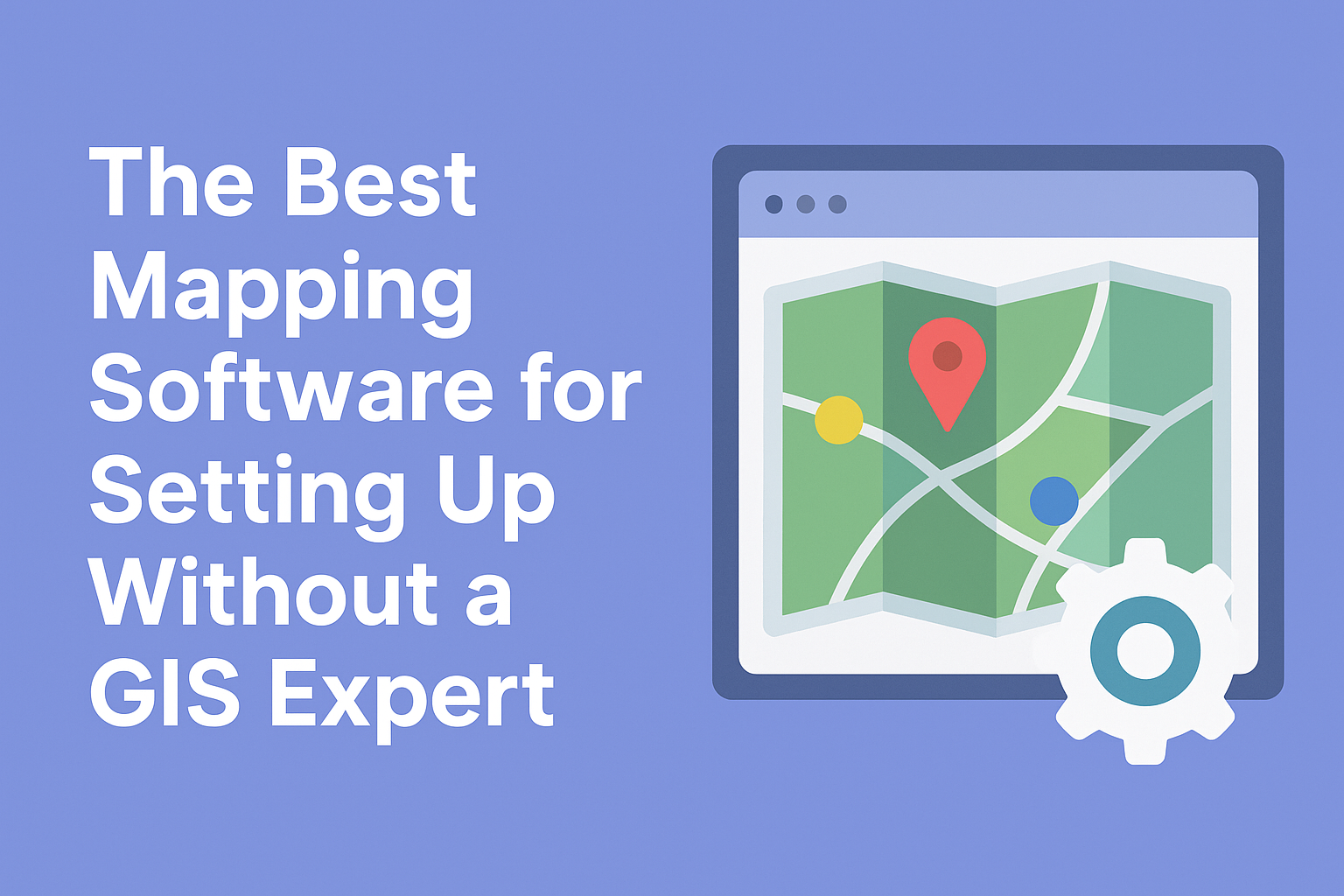Tips on Integrating Lead Management Processes Seamlessly into Your CRM System
Managing leads effectively from initial capture to conversion is crucial for business growth. While there are various point solutions for lead capture and routing, integrating your full lead management process into a CRM provides the most seamless experience.
When implemented properly with the right lead management software, your CRM becomes the centralized hub to streamline lead handling from end to end.
This article discusses how to maximize lead conversions by thoughtfully integrating your lead management software within the CRM fabric. It explores essential CRM integrations for capturing leads across channels, scoring models for prioritization, as well as customizing the system over time based on evolving needs.
Understanding Lead Management and its Importance
Lead management refers to the process of tracking marketing-generated leads and converting them into customer opportunities.
It enables businesses to qualify incoming prospects, nurture them through various stages of awareness and interest, and pass off fully qualified leads to the sales team.
Integrating this process seamlessly into your CRM software is critical for maximizing lead conversions while minimizing wasted efforts.
An effective lead management workflow streamlines communication across departments, provides visibility into the pipeline, and helps identify bottlenecks.
When done right, it can significantly boost sales productivity and ROI. However, having disparate systems for tracking leads often results in data silos, missed handoffs, and lost opportunities.
Choosing the Right Lead Management Software

There are various point solutions available for things like email and social marketing automation. However, for best results, your lead management process should be built natively into your CRM rather than relying on standalone apps. This allows for unified data storage and a holistic view of each lead’s journey.
Look for a CRM with robust native lead management capabilities like automatic routing, funnel configurations, activity tracking, and customizable workflow templates. The software should integrate with all your marketing and sales channels, too.
Consider options from industry leaders like Salesforce, Microsoft Dynamics, HubSpot CRM, CrmOne, etc. They offer comprehensive functionality along with application marketplaces for added integrations.
Implementing Key CRM Integrations
Integrating the right systems and automating data transfer is crucial for powering an end-to-end lead management process through CRM. Some of the most important CRM integrations to focus on are:
Marketing Automation
Connect marketing automation platforms to capture lead and activity data in CRM automatically. This allows the pass-off of profiled prospects with engagement histories to the sales team—Configure auto-routing rules based on traits, behaviors, and funnels.
Email/Website
Integration with email and website platforms lets you identify website visitors and capture contact details on signups/form submissions directly into CRM records. This kickstarts the journey without manual data entry.
Social Media
Link social profiles to track follower/engagement metrics and transfer qualified leads from ads and organic engagements. Trigger automated drip campaigns and scorecards for social leads.
Sales Engagement
Streamline handoffs from marketing by routing ready leads to reps—Configure alerts and reminders to ensure timely follow-ups. Tracking tools help measure lead quality and sales effectiveness.
Tips for Customizing Lead Scoring Models
Here are some tips to help customize lead scoring models to better align with your buyer personas and sales cycle:
- Identify the key attributes that influence purchase decisions for each buyer persona based on buyer research and past deal data. Weight scoring factors accordingly.
- Understand where personas are in their consideration/decision process and map the scoring scale to sales stages. e.g., higher scores for active research vs early awareness stage.
- Testing different model combinations to see which works best. Dynamic models tuned often perform better than generic one-size-fits-all models.
- Integrate lifecycle marketing (LCM) stages into scoring to align with the ideal customer journey. e.g., score workshop inquiries higher than webinar signups.
- Factor in engagement over time through recency and frequency metrics. Prospects that resurface have a higher likelihood.
- Customise scores by industry/location as purchase drivers may differ per geographic/line of business.
- Continuously refine attributes based on A/B tests, surveys, and wins/losses. Adjust weights as buying centers evolve.
- Track closed-won deals closely to build robust training datasets to improve scoring accuracy over time.
- Review models periodically with sales to identify new engagement hotspots relevant for revised scoring.
Optimising Lead Management over Time
Continuous refinement is important to maximize results from lead management systems over time. Key aspects for ongoing optimization include:
- Analyzing campaign performance and sales funnel metrics for insights
- Refining lead qualification criteria and workflows based on successes
- Enriching lead profiles by gathering additional information from new touchpoints
- Updating scoring models as purchase behaviors are better understood from closed deals
- Customizing dashboards and reports per user roles through the CRM
- Integrating new marketing automation or social selling tools for added functionality
- Conducting process reviews and surveys regularly for improvement opportunities
By continually analyzing metrics and making adjustments, conversion rates increase while sales cycles decrease as the lead management process evolves.
This helps any CRM-driven system deliver continuous value for generating quality pipeline and revenue growth over the long run.
Conclusion
Seamlessly integrating lead management capabilities in your CRM lays the foundation for an efficient revenue generation process. It maximizes lead conversion rates through automated workflows, routing, and insights – all powered by a centralized customer database.
To take full advantage of customer insights from an integrated system, it’s important to cleanse, standardize, and enrich data on an ongoing basis. Continually analyze the effectiveness of campaigns, sales performance, and ROI. Make refinements to lead scoring models, automation rules, and reporting based on learnings.
With the right implementation, CRM Software becomes the single source of truth across your organization to streamline lead generation, qualification, and handoff processes.

